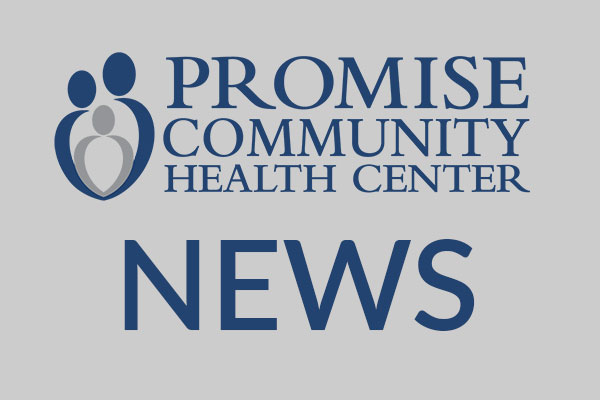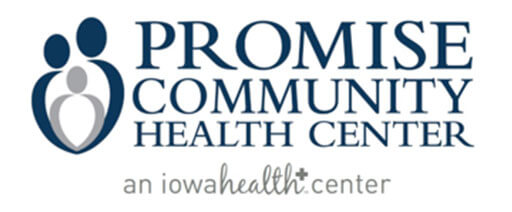
According to the Centers for Disease Control and Prevention, the percentage of children and adolescents affected by obesity has more than tripled since the 1970s. In 2015-16, 1-in-5 school-age children had obesity, which is defined as having excess body fat.
That’s about 3 million children.
“That number just freaks me out. That’s a lot of kids,” registered dietitian Colleen King told clinical staff of Promise Community Health Center during a lunch-and-learn session today (Wednesday, Jan. 30.)
King, who is a contracted dietitian for Promise, said a primary cause of obesity is consuming more energy through food and beverages than the body uses for its normal functioning, growth and physical activity. Over time, that leads to weight gain. She said children and adolescents should maintain the right balance of enough food intake to support normal growth and development without going beyond to excess.
Other factors that contribute to obesity include genetics, lower body metabolism, community and neighborhood environmental factors, lack of sleep and lack of physical activity.
“We get different nutrient packages from all the different food groups,” she said. “With some of these fad diets, if you exclude any one of these food groups, you’re going to be minus that nutrition. Portion size is the best practice in getting nice variety. Eating all good, colorful foods is really helpful.”
She also likes to help people visualize portion measurements by using their hands or other common items because many people don’t cook with or have measuring utensils handy, such as: a fist = a cup; inside of hand = half a cup; two thumb tips together = tablespoon; one thumb tip = teaspoon; a protein serving = size of deck of cards.
5-2-1-0
King also likes to promote the 5-2-1-0 approach, which is advocated for by the Iowa Healthiest State Initiative and many other organizations, as a healthy daily lifestyle for children:
- 5 fruits or vegetables per day;
- 2 hours or less of screen time per day;
- 1 hour of physical activity;
- 0 sugary drinks.
“Spend Smart. Eat Smart.”
King said the Iowa State University Extension and Outreach has great website resources – at spendsmart.extension.iastate.edu – that it promotes as: “Spend Smart. Eat Smart.”
The resources include all types of tips and tools for planning meals, shopping for groceries and cooking foods – as well as recipes and videos.

